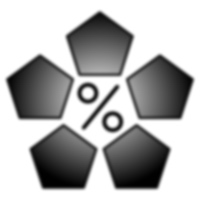Tazawa
Adventurer
Reading this thread, I came up with an idea.
1. The difference between 6 x 3d6 and 6 x 4d6 drop 1 is about 10.5.
2. 10.5 is the average result for 3d6.
If people want to roll 3d6 for their attributes (in order if they are old skool), they can then roll a seventh 3d6 and apply the results of each die to three of their attributes. The only limit is attributes can’t be adjusted over 18.
It gives basically the same results as 4d6 drop 1, but eliminates the ‘one sucky attribute’ problem.
1. The difference between 6 x 3d6 and 6 x 4d6 drop 1 is about 10.5.
2. 10.5 is the average result for 3d6.
If people want to roll 3d6 for their attributes (in order if they are old skool), they can then roll a seventh 3d6 and apply the results of each die to three of their attributes. The only limit is attributes can’t be adjusted over 18.
It gives basically the same results as 4d6 drop 1, but eliminates the ‘one sucky attribute’ problem.




